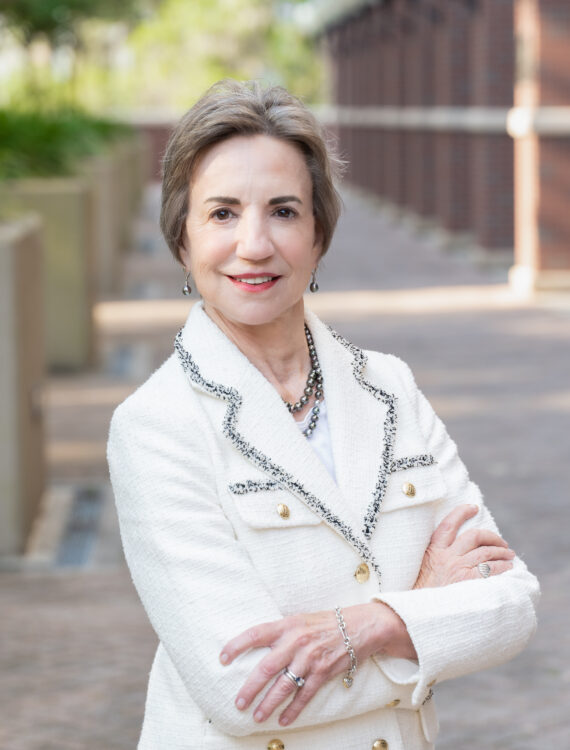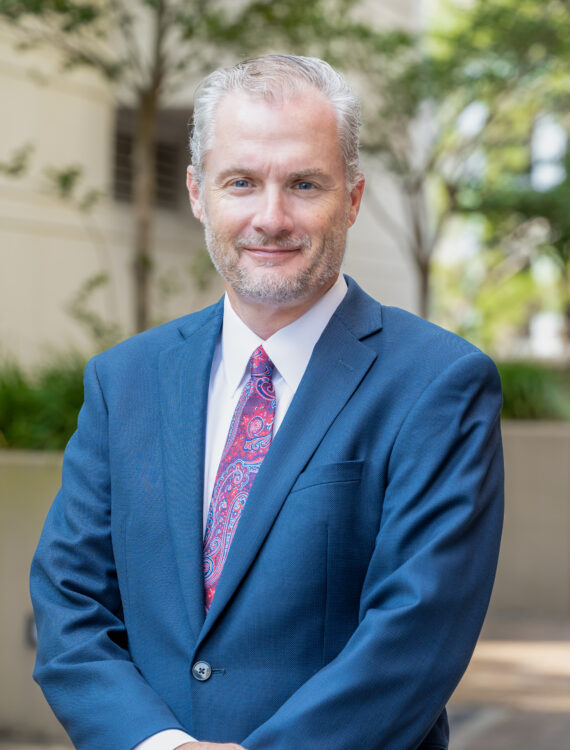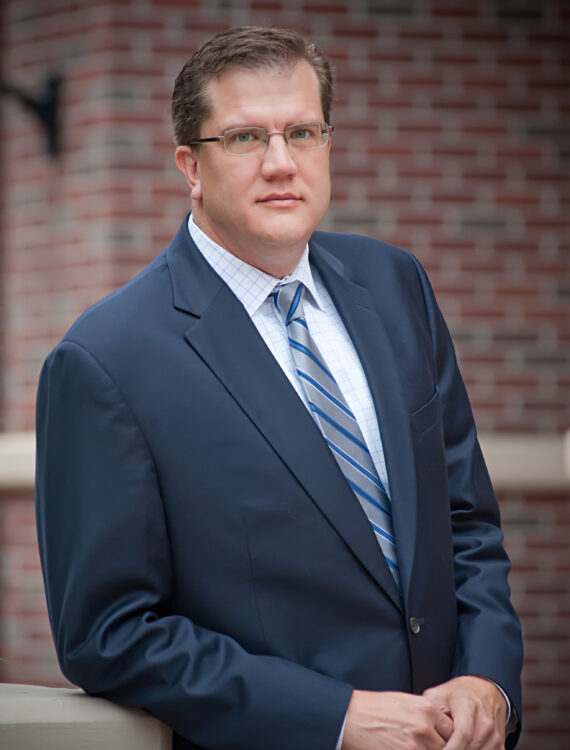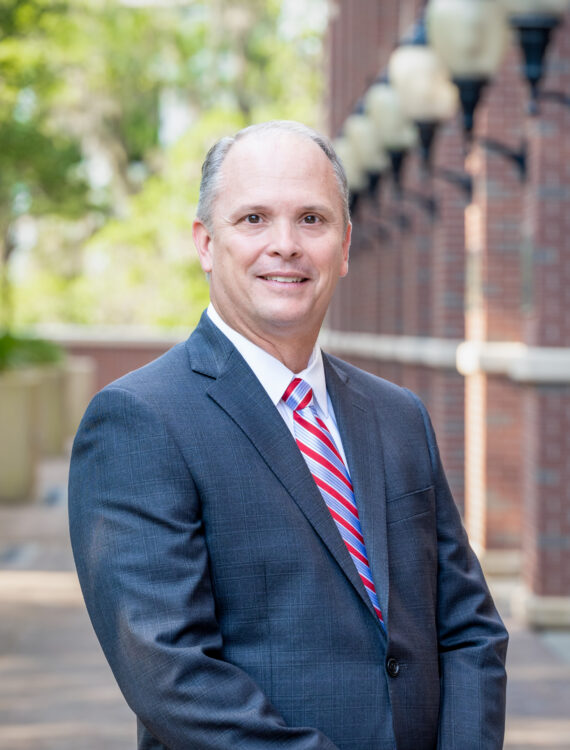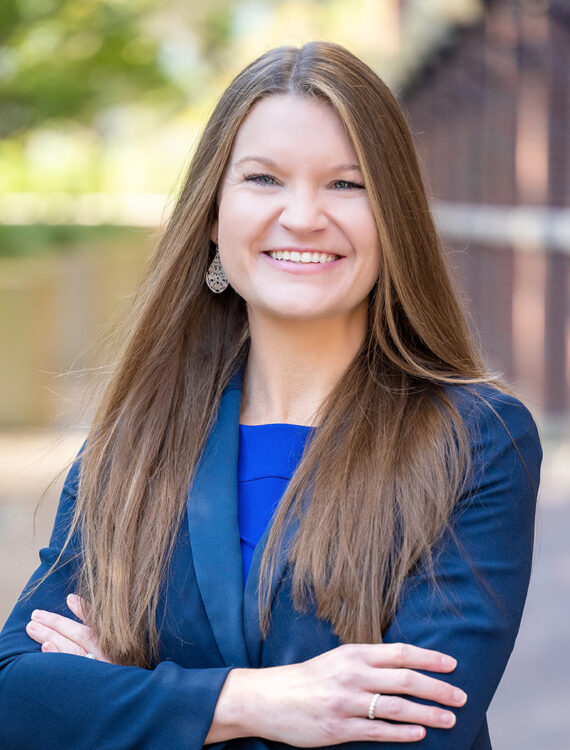FHCF Initial Event Fully Funded

The Florida Hurricane Catastrophe Fund (FHCF) recently announced that it anticipates being able to fully fund its $17 billion in initial season obligations and being able to support a large portion of a subsequent season’s obligations. Under its most recent projections, the FHCF would fall about $5 billion short of providing another $17 billion in capacity if it were to be exhausted in an initial season.
The FHCF’s financial position is bolstered by a substantial cash balance— expected to be nearly $11 billion by year-end. The FHCF also continues to have $2 billion in pre-event notes outstanding, bringing its liquid resources for an initial season to $13 billion before considering its capacity to issue post event bonds. The remaining $4 billion is well within the FHCF’s bonding capacity based upon its authority to levy assessments.
The strength of the FHCF is just one of many benefits associated with the series of hurricane-free years Florida has enjoyed recently. Just a few years ago, the legislature increased the amount of coverage the FHCF was authorized to issue only to find that the promised coverage might outstretch the FHCF’s bonding capacity. Over the ensuing years, the optional TICL layer has been phased out and the FHCF has amassed substantial cash that will reduce its need for bonding, at least in an initial season.
Over the last few years, the legislature has heard competing arguments from interested parties about changing the FHCF. Some observers want to reduce the size of the FHCF and increase industry copays to better ensure the FHCF can meet its obligations and reduce the state’s exposure to assessments. Opponents have countered that reducing the role of the FHCF simply means that consumers will end up paying more, although perhaps only to a limited degree in the current reinsurance market. This has played out to a stalemate, with the basic structure of the FHCF remaining unchanged.
Jack Nicholson, Chief Operating Officer of the FHCF, pointed out that the FHCF’s ability to meet most of its initial season obligations out of existing liquid resources is good for insurers and consumers. Nicholson also believes that the FHCF will be in a good position to meet its obligations from modest storms in back-to-back hurricane seasons. However, the FHCF still could end up needing to maximize its bonding, and therefore its assessments, if it were to be wiped out in an initial season and then experienced a significant event in a subsequent season.


